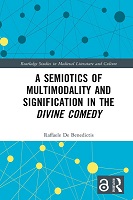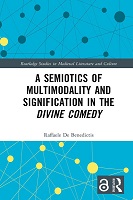Wayne State University
WSU
Wayne State
| dc.date.accessioned | 2020-03-26T09:38:57Z | |
| dc.date.available | 2020-03-26T09:38:57Z | |
| dc.identifier.uri | http://library.oapen.org/handle/20.500.12657/3709 | |
| dc.type | grantor | |
| oapen.relation.funds | 93e269d7-d704-43b7-8996-e97e944b288d | |
| oapen.relation.funds | 31a1cf28-5d81-448b-88fa-e099ce1bf14b | |
| oapen.relation.funds | 19447927-3382-4d3c-b33e-fb5f8419e2f2 | |
| grantor.name | Wayne State University | |
| grantor.acronym | WSU | |
| grantor.acronym | Wayne State | |
| grantor.doi | 10.13039/100006710 |
Files in this item
| Files | Size | Format | View |
|---|---|---|---|
|
There are no files associated with this item. |
|||
This item appears in the following Collection(s)
Funded publications
-
(2024)In this chapter the author lays out a theoretical groundwork for a semiotic theory of multimodality in the Divine Comedy. The analysis is not comprehensive of all modes, but limited to key-modal forms that Dante’s text ...
-
(2024)In this study discourse is considered as the act of communication that analyzes its internal dynamic process mediating between the intention of the author embedded in the text, the intention of the text, and various, ...
-
(2024)In the Paradiso, Dante attempts to emphasize the heightened tension between the limits of human language and the need to put into words a content that deals with divine ineffability. It is a content-stuff that is not ...



